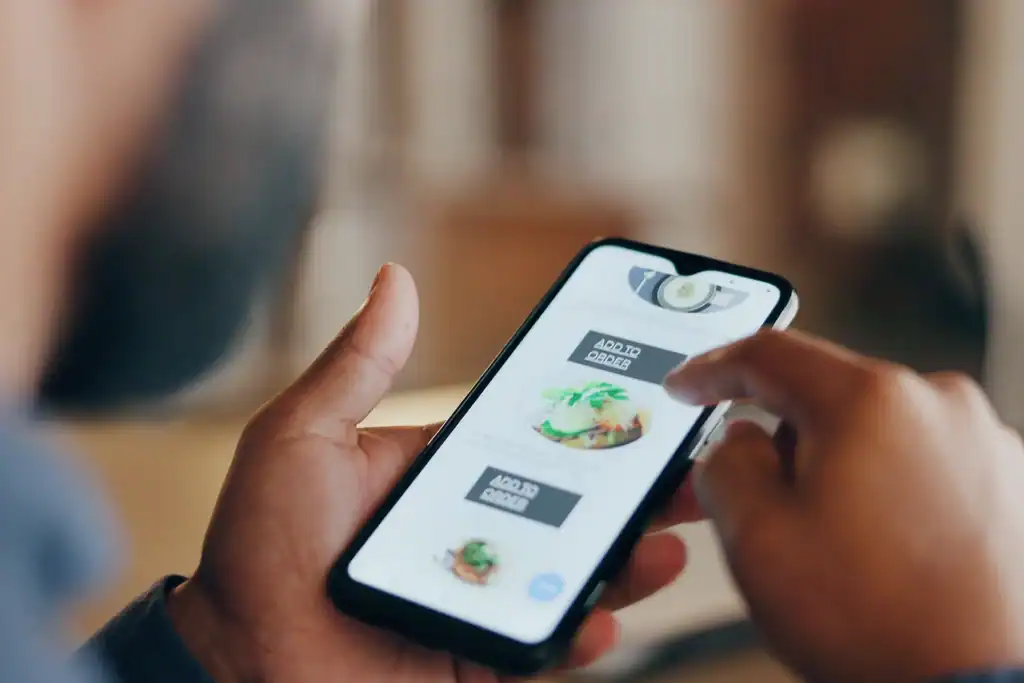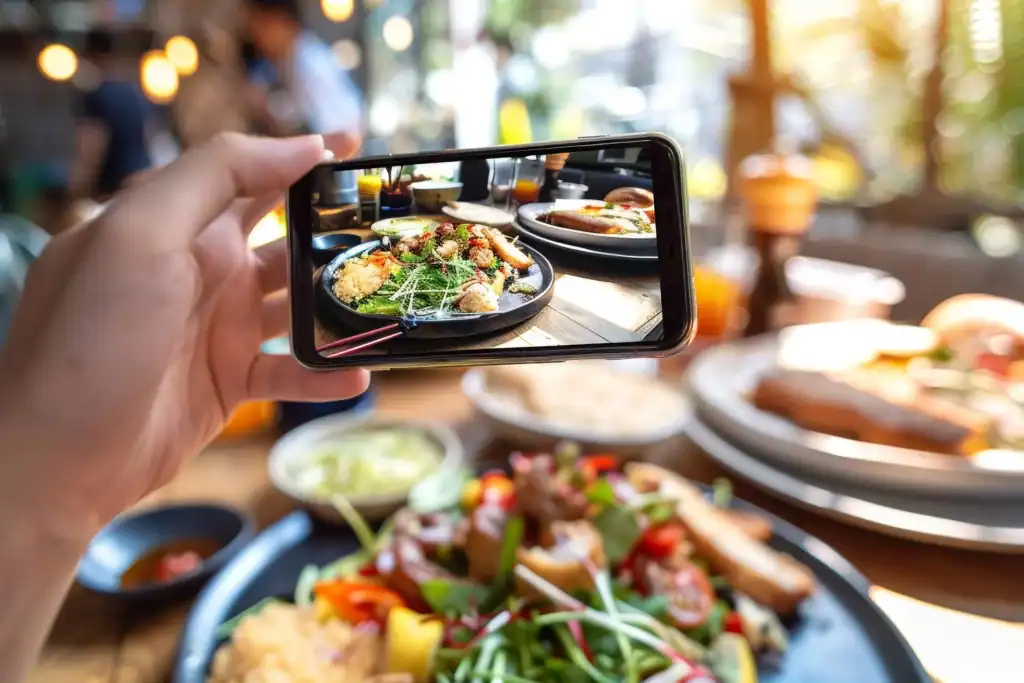I debated writing about this topic considering the state of our nation. But as we interact and consult with our clients, the same questions keep coming up. It compels me to share our approach to developing and guiding genuine philanthropy for restaurant brands.
I want to make clear that this is in no way a statement of Vigor’s stance on systemic racism. Nor is it meant to instruct you and your organization. These are guidelines in establishing and building a brand strategy and communications on philanthropic causes and issues. You must and should do what is right in your mind for you and your brand.
Many brands are convinced they “give back to the community.” It’s usually in the form of fundraisers or outright donations. While these do positively affect communities and organizations, they are the lightest form of philanthropic endeavors. People demand more than that if you truly are trying to align with a cause. Lipservice messaging and mindless donations simply are not enough to portray meaningful involvement. As they say, “talk is cheap.”
Many brands react to volatile situations with corporate statements and virtue signaling on social media. If they don’t do it immediately, they feel the pressure from other brands and produce similar messaging. We’ve all experienced it this year with the pandemic and now the long-overdue movement towards policy and legal reform that will end police brutality. I mean, how many times have you seen a commercial that starts with “In these uncertain times…” and ends with “so buy this product?”
Lipservice messaging and mindless donations simply are not enough to portray meaningful involvement.
1. Does your brand belong in the conversation?
This may be the most important question for you and your team to ask yourselves. Does this brand belong in this conversion? Do we have a role to play? Is it something the brand truly cares about and is there a history of communicating this value to the internal organization and external stakeholders?
If the answer is “no” or “not really” then it may be best to stay in the back and let the other voices be heard. You may have to take some social jabs and prods for doing so, but they will pass. The alternative is a Pandora’s Box of trouble as people pick apart the authenticity of your statement and stance.
If the answer is yes, then here’s the next question:
What have you actionably, measurably done?
You’ve asked the first question and decided that this brand does belong in this conversation so let’s dig a little deeper. What actions has your brand taken to prove the stance and values? What are the reasons to believe the claims?
As I stated above, corporate statements and donations are not enough to build a believable case that a brand is authentically involved in a cause. A brand must play an active and measurable role in the cause. You must get involved. Here are some examples of how that plays out:
For SlapFish, the health and wellbeing of our world’s oceans is paramount. The brand was built on the passionate purpose of Honest Flippin’ Seafood. That meant being completely transparent about fishing, farming, and sourcing while playing an active role in sustainability.
Before SlapFish, founder Andrew Gruel served as the Seafood for the Future, a nonprofit program at the Aquarium of the Pacific in Long Beach, California. He played a significant role in developing more sustainable practices for fishing and farming around the Pacific Ocean’s shoreline countries.
In order for SlapFish to continue that narrative and build clout and believability in their purpose, they needed to continue that level of tangible involvement. We advised on several actions the company should take with that purpose including staffing beach cleanups, alliances with organizations that make a statement in the maritime world (e.g. Sea Shepherd Conservation Society), and more.
Powerful brands are built by putting your blood, sweat, and tears into what you believe.
The involvement in the organizations, and providing physical labor to clean the oceans and beaches would serve as proof positive that SlapFish truly, authentically cares about the oceans adding believability to their statements.
Another example is Starbucks’ alignment with Conservation International. If you’re unfamiliar it’s worth digging into how the brand has helped reshape the fair trade coffee world.
Without tangible, measurable action, brands cannot build believable alliances with organizations and movements. It’s not a “put your money where your mouth is.” Powerful brands are built by putting your blood, sweat, and tears into what you believe.
So until you’re ready to get your hands dirty, it may be best to take a step back and let the people have their voice. While you’re back there, delve into what truly matters to your brand and your team and build your brand to live that belief.


